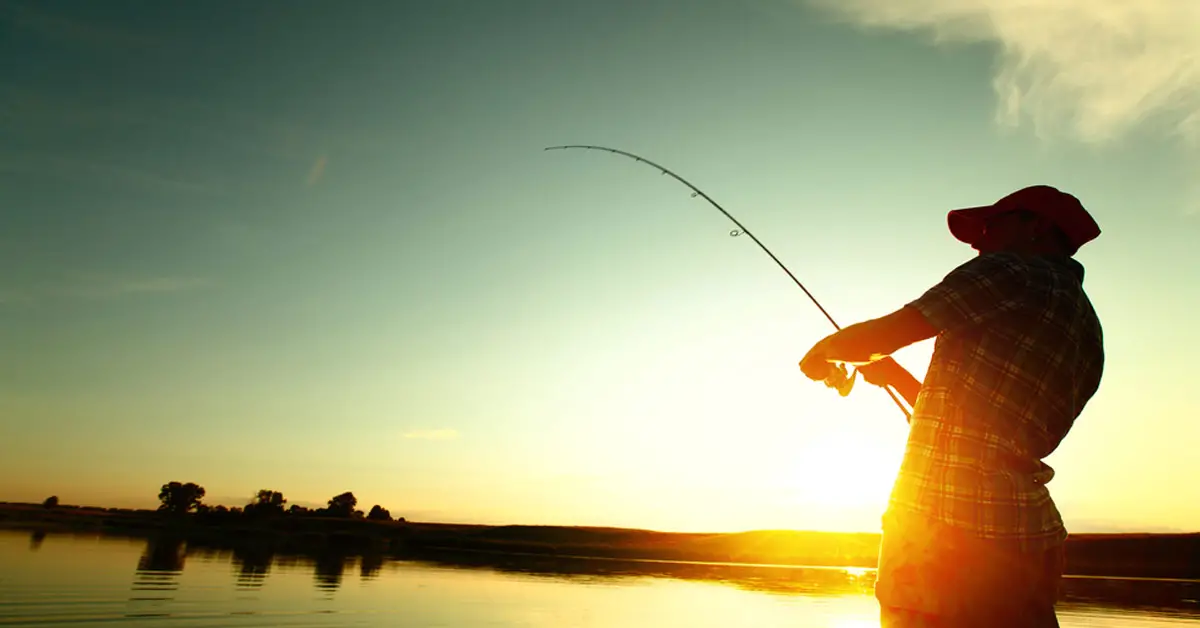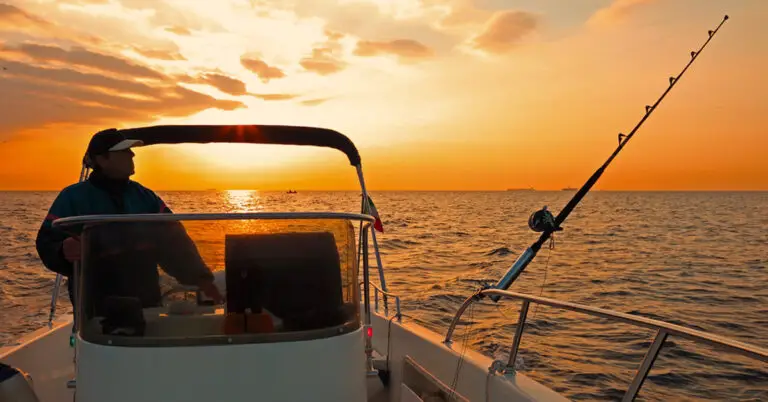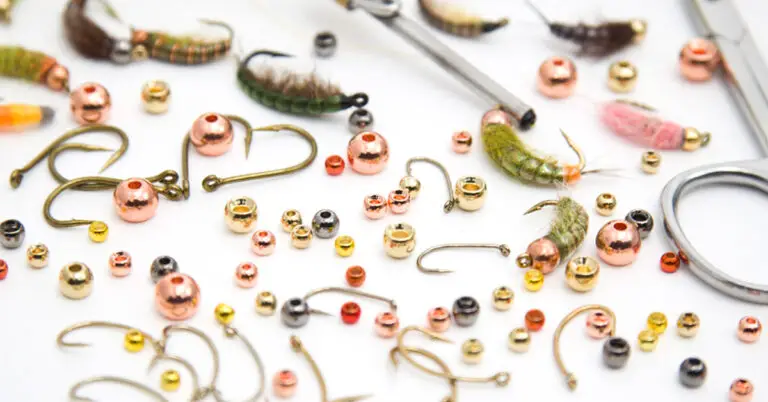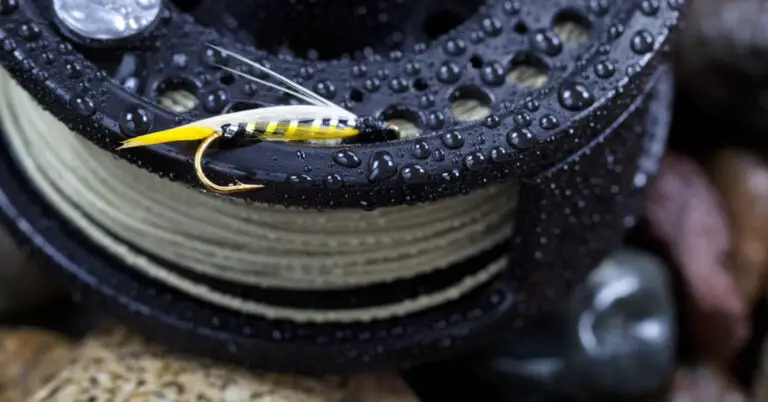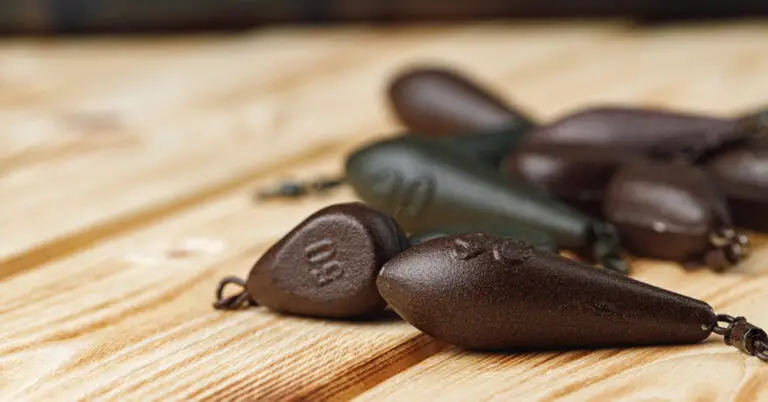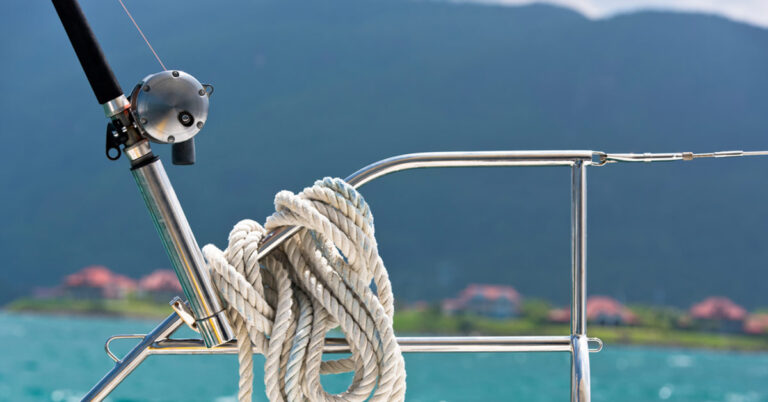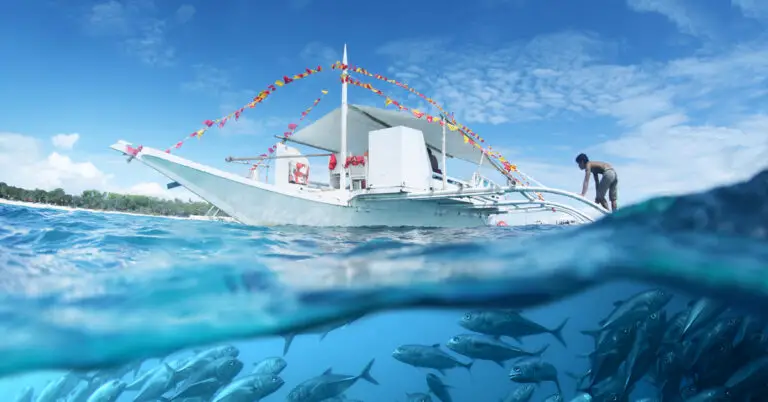How Do Fishing Rods Not Break? Exploring the Engineering Behind Durable Fishing Gear
Like a maestro conducting an orchestra, a fisherman commanding a fishing rod weaves a symphony of force, precision, and grace. Each element, from the subtle twitch of the wrist to the unseen undercurrents of the water, converges into a climax where the line is taut, the hook is set, and the ballet of battle commences.
Fishing rods resist breaking due to their materials and design. They’re typically made from durable, flexible materials like fiberglass or graphite, which can bend significantly under load without breaking. Additionally, the tapered design helps distribute the stress along the length of the rod.
What’s fascinating, however, is this performance’s silent, seemingly invincible protagonist – the slender, flexible shaft that bends and sways under the weight of the catch yet seldom snaps. Why can this seemingly fragile instrument withstand such pressures without shattering into splinters? The reason lies in an intricate tapestry of science and engineering.
Fishing Rod Material Selection: Fiberglass, Graphite, and Beyond
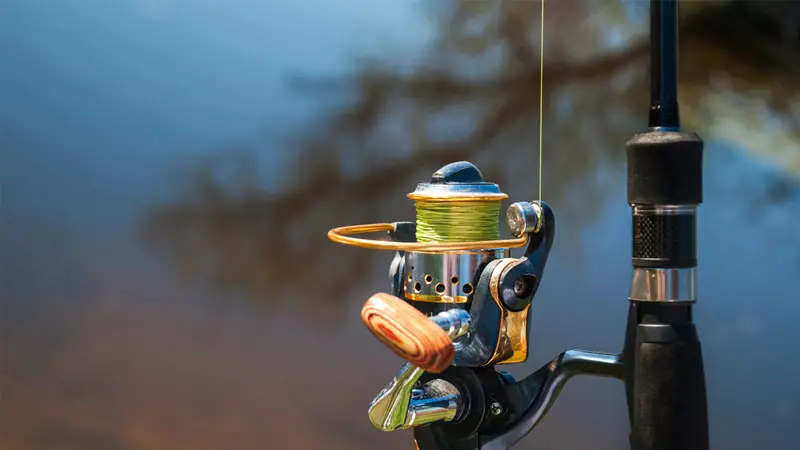
The foundation of a fishing rod’s resilience lies in the materials from which it is constructed. Material selection plays a paramount role in shaping a fishing rod’s performance characteristics, including its sensitivity, power, action, weight, and, most importantly, durability.
Each material has its unique strengths and trade-offs, offering different benefits for different types of fishing. Understanding these nuances is crucial for manufacturers aiming to create superior products and anglers seeking the best gear for their needs. The most widely used materials in the construction of fishing rods are fiberglass and graphite. Fiberglass rods, known for their robustness, are exceptionally resilient and offer a high degree of flex.
This flexibility allows fiberglass rods to bend without breaking, making them ideal for heavy-duty fishing where larger, more powerful fish are targeted. Graphite rods, on the other hand, are lighter and more sensitive than their fiberglass counterparts, making them great for detecting even the faintest nibble. However, they are slightly more brittle and require careful handling to prevent damage.
- Fiberglass Rods: These are incredibly durable and resistant to wear and tear. Their flexibility makes them excellent for handling heavier loads, making them a top choice for big-game fishing. Despite being generally heavier than graphite rods, their toughness is unmatched.
- Graphite Rods: Graphite rods are renowned for their light weight and sensitivity. These characteristics make them ideal for scenarios where detecting subtle bites is crucial. However, this sensitivity comes at a cost – graphite rods are more susceptible to damage if mishandled. They are less durable than fiberglass rods when dealing with larger, more aggressive fish.
Beyond these two, other materials like carbon fiber, composite blends, and even bamboo also have their unique strengths and play a role in constructing specific fishing rods, each contributing to the rich tapestry of fishing gear available today.
The Role of Rod Design in Withstanding Pressure
Beyond the selection of robust materials, the design and structure of fishing rods also play a significant role in their ability to resist breaking. One of the key elements in rod design is the taper, or the gradual narrowing of the rod from the butt to the tip.
This feature is not merely for aesthetic or ergonomic reasons; it serves a crucial mechanical function. The taper allows for the efficient distribution of the load along the length of the rod, spreading the stress incurred during a catch and reducing the likelihood of a break. The rod would likely snap under the concentrated load without a well-crafted taper.
Moreover, the action, or the speed with which a rod returns to its neutral position, also plays a crucial role in withstanding pressure. Fast action rods, which bend mostly near the tip, are excellent for long casts and big fish because they allow for better control and higher casting power. However, they can also be more prone to snapping due to the concentrated stress at the tip.
On the other hand, slow action rods, which bend throughout their length, distribute the stress more evenly and hence are generally more durable. However, they offer less control and casting distance. Understanding these factors allows manufacturers to design fishing rods that balance durability, casting power, and control.
Tapered Structures: A Lesson in Stress Distribution
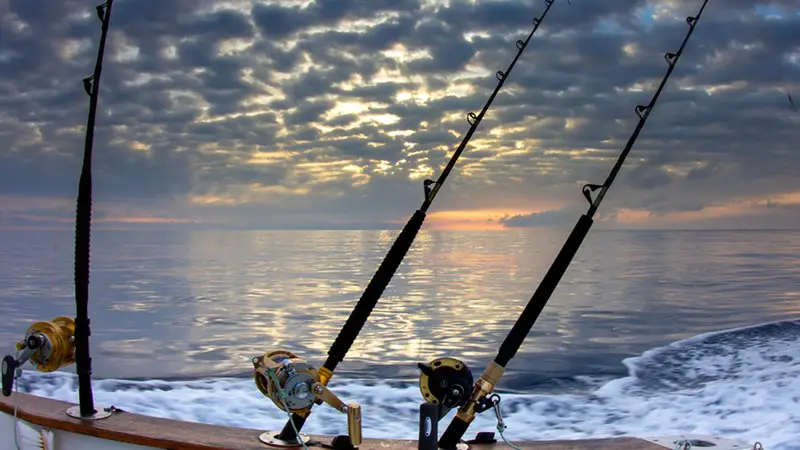
The tapered structure of a fishing rod isn’t just aesthetically pleasing—it’s an ingenious design element that significantly contributes to the rod’s durability. But what exactly is a taper, and how does it help prevent a rod from breaking? Simply put, a taper gradually narrows the rod’s diameter from the butt (the handle end) to the tip.
This isn’t random or purely for ergonomic comfort, it’s a calculated design choice rooted in principles of physics and material science. The secret lies in how the taper helps distribute the forces applied to the rod. When a fish pulls on the line, it applies a load to the rod. Instead of concentrating this force in a single spot, which could lead to a catastrophic failure, the taper spreads the force along the length of the rod.
This means that every part of the rod shares a portion of the load, reducing the likelihood of any one section experiencing enough stress to cause a break. It’s similar to a well-designed bridge that distributes the weight of vehicles across multiple pillars and supports, preventing any single point from bearing too much stress. Essentially, the taper is a silent hero, ensuring that the thrill of landing a big catch doesn’t turn into the disappointment of a broken rod.
Understanding the Load Curve: Flexibility vs. Durability
The load curve, or the degree to which a rod bends under pressure, is crucial in assessing its flexibility and durability. In essence, it’s a visual representation of how a rod responds to the increasing weight of a catch.
It offers vital clues about a rod’s performance under strain, its breaking point, and the balance between flexibility—the ability to bend without breaking—and durability—the capacity to withstand wear, pressure, or damage. Understanding this balance is key to crafting a rod that can withstand the fierce battles between anglers and their aquatic adversaries without snapping.
- Light Load Curve (Fast Action): Fast action rods bend primarily at the tip, allowing for greater casting distance and precision. They’re ideal for heavy lures and fish, but this concentrated flex can increase the risk of breakage. Their high sensitivity is a bonus for detecting light bites.
- Medium Load Curve (Moderate Action): Moderate action rods bend in the top half, balancing sensitivity and power. They offer more flexibility and even stress distribution than fast-action rods, reducing the chance of breakage. They are versatile and can handle a wide range of fishing situations.
- Heavy Load Curve (Slow Action): Slow action rods bend nearly their entire length, distributing the load most evenly. They are generally more durable and less likely to break under heavy loads. However, they have less casting distance and sensitivity, making them better suited for smaller fish and close-range casting.
The Impact of Fishing Rod Length and Power on Resistance
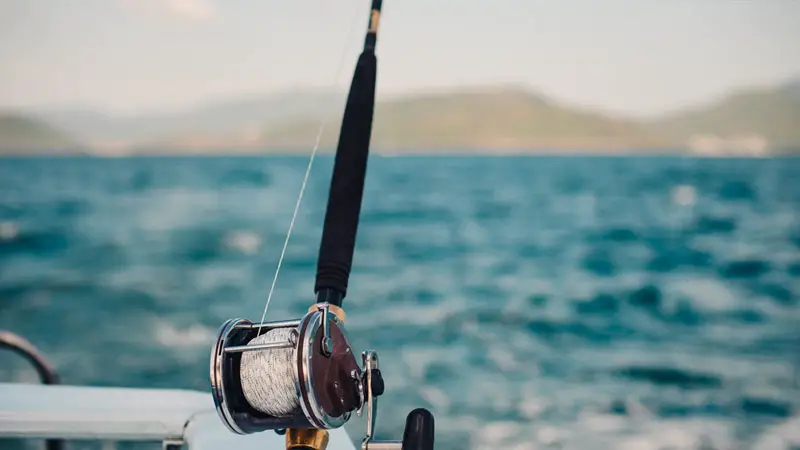
The length and power of a fishing rod are two further elements that significantly influence its resistance to breaking. Rod length not only affects casting distance and accuracy but also impacts the distribution of load.
Longer rods can distribute the stress over a greater area, reducing the chances of breaking under pressure. However, longer rods may be harder to handle, particularly for novice anglers, and can be more challenging to maneuver in tight spaces.
On the other hand, a fishing rod’s power refers to its bending resistance. Heavy power rods are stiffer and less likely to bend, making them suitable for larger, stronger fish. Light power rods, conversely, are more flexible and bend more easily, which can help absorb the shock of sudden, strong pulls and reduce the likelihood of the line breaking.
However, the trade-off is that they may not be as effective when dealing with larger, stronger fish. To summarize, a rod’s optimal length and power will depend on the specific situation and the angler’s needs.
A balance of these factors, coupled with the right choice of materials and design, can help ensure that a fishing rod has the strength and flexibility to withstand pressure without breaking.
The Influence of Line and Reel in Preventing Breakage
The strength and durability of a fishing rod are not solely dependent on the rod itself. The choice of line and reel also significantly contribute to preventing rod breakage. Whether monofilament, fluorocarbon, or braided, a fishing line should have an appropriate breaking strength for the targeted species.
A too-heavy line for the rod can put excess stress on it, increasing the risk of snapping.
While mainly serving as the line storage and retrieval system, the reel also has an essential role in reducing strain on the rod. Modern reels are equipped with drag systems that allow the line to be pulled out under a significant load, lessening the pressure on the rod during a catch.
Setting the drag correctly is crucial. Too much drag and the rod can be overloaded, potentially leading to breakage. Also, the size and weight of the reel should be balanced with the rod. An overly heavy reel can create an imbalance, making the rod unwieldy and increasing the chances of high-stress points that could lead to damage.
Thus, coordinating the rod, line, and reel effectively is an important part of ensuring the longevity and durability of your fishing gear.

